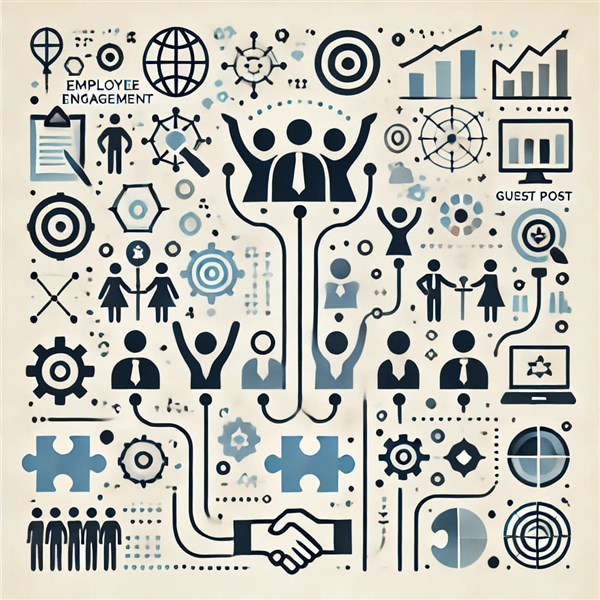We're open through the holidays to support your upskilling goals — Which training do you want to book?
We're open through the holidays to support your upskilling goals — Which training do you want to book?
Unable to find what you're searching for?
We're here to help you find it
In today’s dynamic and competitive work environment, businesses can no longer afford to view employee engagement as a “soft skill” or a one-off initiative. Instead, it must be approached strategically, embedded into organizational culture, and reinforced through targeted training programs.
Employee engagement training goes beyond ice-breakers and motivational speeches. It’s about equipping managers, team leads, and employees with the mindset, tools, and skills to foster connection, purpose, and performance. So, what separates a successful training initiative from an ineffective one?
Let’s dive into the core components of a successful employee engagement training program and see how you can build one that creates real and lasting impact.
Before launching any training program, it’s critical to define the “why”. What are the desired outcomes of your engagement training?
Some possible objectives include:
Why It Matters:
When your training is directly linked to measurable business outcomes, it becomes easier to gain leadership buy-in, measure success, and keep participants engaged. Without clarity, training risks becoming a feel-good exercise with no ROI.
Action Tip:
Set SMART (Specific, Measurable, Achievable, Relevant, Time-bound) goals. For example:
“Improve employee Net Promoter Score (eNPS) by 15% in 6 months through improved engagement training.”
No training initiative will gain traction if it's perceived as an “HR-only” program. Leadership at every level — from C-suite to team leads — must be actively involved.
How to Involve Leaders:
Why It Works:
When leaders model the behaviors and values taught in training, employees are more likely to take it seriously and apply the principles in their daily work.
No two teams or individuals are alike. A successful employee engagement training program recognizes this and offers personalized content and formats for various groups such as:
Examples of Customization:
Key Takeaway:
Personalized training increases relevance and engagement. When people see themselves in the content, they’re more likely to apply what they learn.
Gone are the days of long, passive PowerPoint lectures. Modern engagement training must be interactive, experiential, and engaging.
Effective Engagement Training Formats:
Why It Works:
These formats promote active learning, which increases information retention and encourages behavioral change — the ultimate goal of engagement training.
Employee engagement hinges on how people feel at work — how valued, heard, and respected they are. Training programs must focus on soft skills such as:
Why EQ Matters:
Teams with high EQ experience less conflict, stronger relationships, and higher productivity. Teaching these skills helps employees and leaders build trust and rapport — both critical drivers of engagement.
Recognition is one of the most powerful engagement tools, yet it's often overlooked or poorly implemented. Great training programs teach:
Training Insight:
Many employees leave not because of pay but because they feel undervalued. Teaching recognition helps reduce turnover and builds a more connected culture.
Employee engagement is not a one-time event — it’s a long-term commitment. Successful training programs include post-training reinforcement such as:
The Long Game:
When training is supported by continuous learning, participants are more likely to internalize concepts and create habits. It’s also easier to adapt the program as your organization grows and evolves.
You can’t improve what you don’t measure. Data is essential to ensure your training is effective, scalable, and evolving.
Metrics to Track:
Iteration Insight:
Use this data to tweak future sessions, personalize content, and address any blind spots in the training approach.
🔚 Conclusion
The most impactful employee engagement training programs are built with intention, flexibility, and heart. They address not just the processes but the people — their behaviors, needs, and motivations.
From leadership involvement to emotional intelligence and continuous learning, these core components are the building blocks of a truly engaged workforce.
When executed right, employee engagement training doesn't just change how employees feel — it changes how they perform, collaborate, and grow.
🚀 Final Thought:
Want your organization to thrive in the era of hybrid work and digital transformation? Start with your people. Start with engagement.
Whether it's learning about the latest technologies or improving soft skills, Koenig Solutions offers a wide range of training programs that can help enhance employee engagement and drive business success.

Aarav Goel has top education industry knowledge with 4 years of experience. Being a passionate blogger also does blogging on the technology niche.










